Nature's Guest Book
by: Lynn E. McElfresh
Many cottages have a guest book that records the annual ebb and flow of guests to the island. This year, I wish I would have a guest book for our feathered and four-legged guests. We had some odd visitors this year.
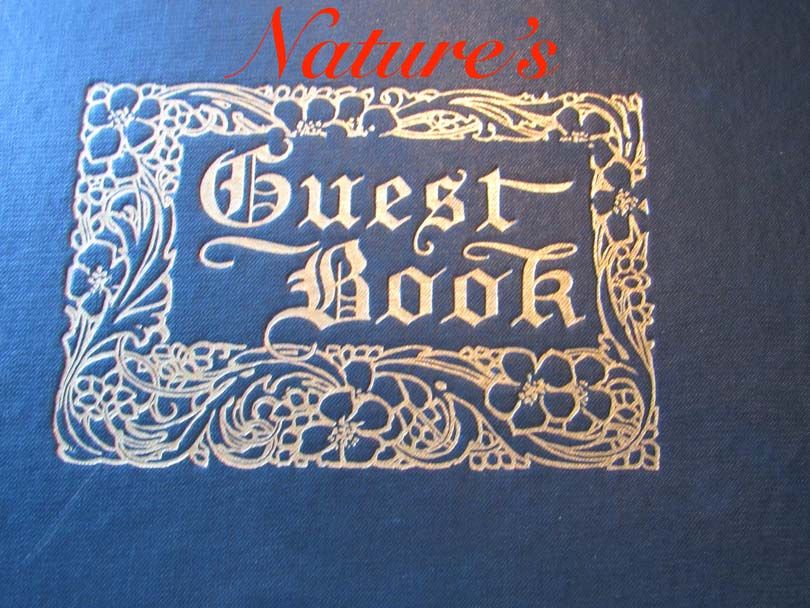
MINK
Despite arriving to find that a Stink of Mink had wintered in our skiff house, we only had one or two mink sightings this season. And, that’s a good thing!
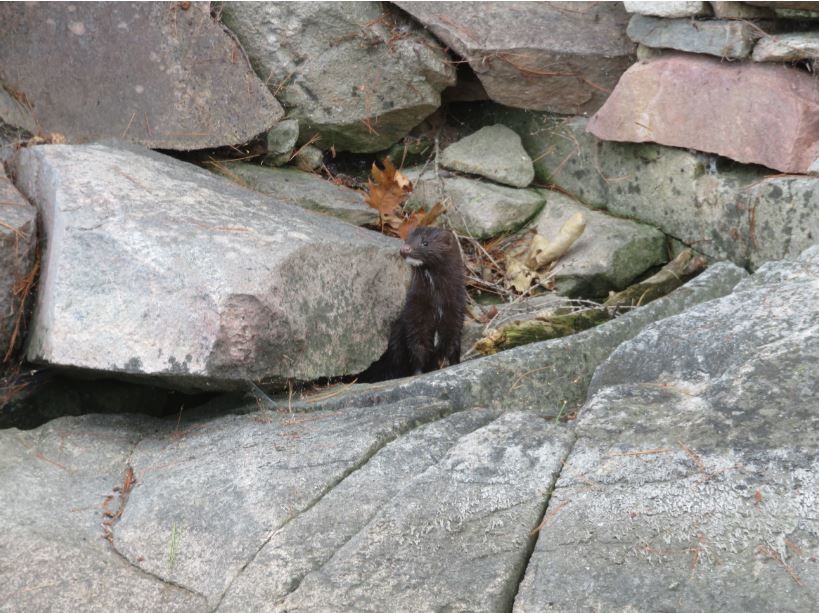
SQUIRRELS
Last year, our point was squirrel-less. The knee-deep water between our place and our neighbors’ was too broad for them to cross. They made up for it this year! Sometimes I counted seven or eight squirrels bouncing about the lawn in front of the cottage. I have a feeling it was a young litter, as they seemed brimming with youthful energy. There were one or two grays, but the majority of squirrels cavorting about the point were melanistic—that is pure black grey squirrels. Besides being amazed by the sheer number of squirrels, I noted an odd behavior. This scurry of squirrels liked to hang by their back feet while nibbling at the end of the pines.
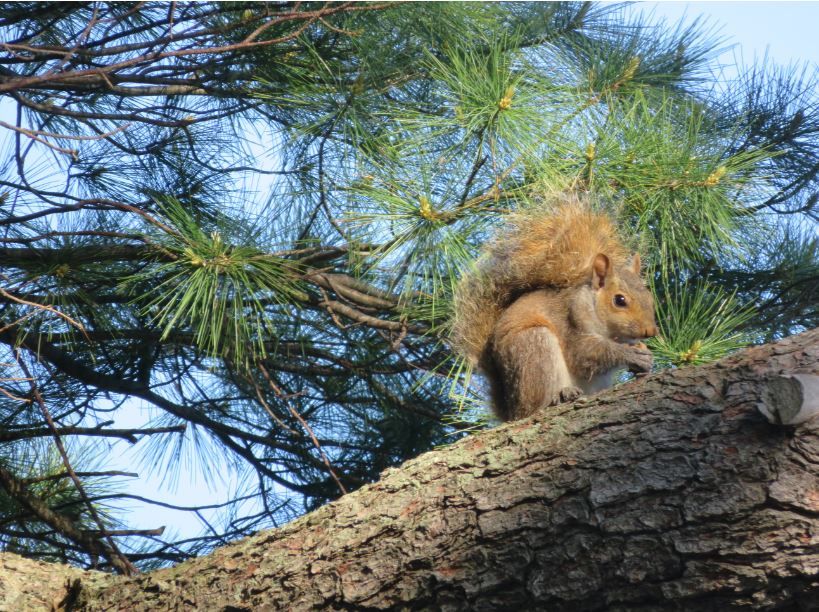
Toads
Early in the season there were lots of toads. I had to be careful walking from the cottage to the skiff house lest I step on a tiny toad. Most hopped out of my way. One toad set up camp on the dock. He was massive. Last year, we seemed to have an inordinate number of slugs. This year, not so many. When I read that toads eat slugs, I figured this might be why this guy was so portly.
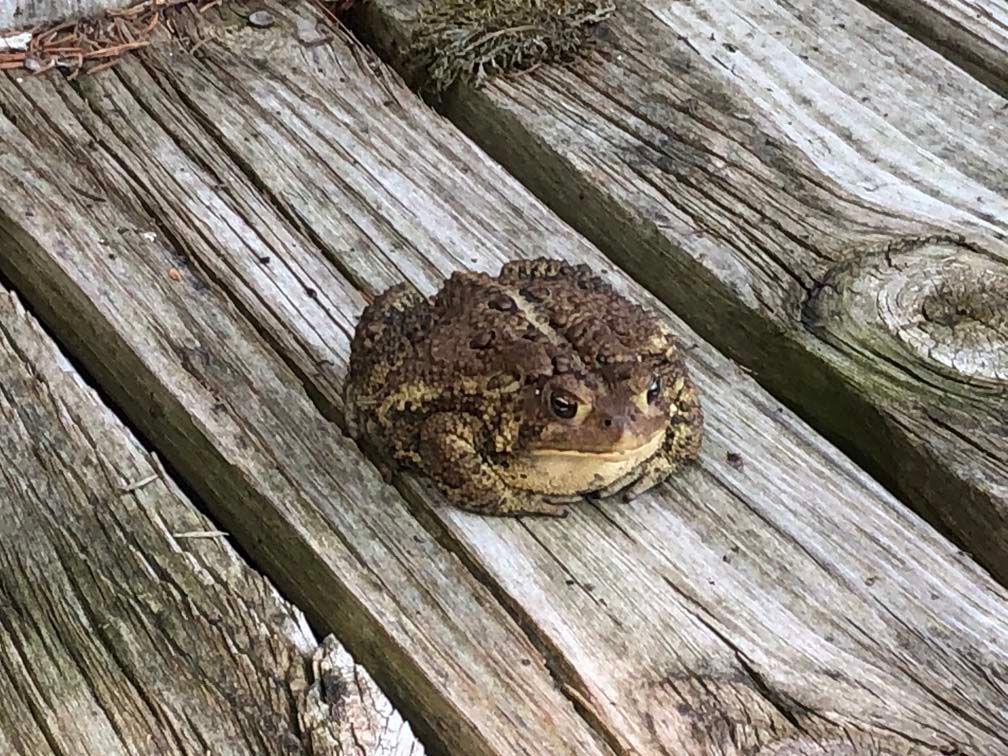
SMILEY FACE SPIDER
There is no shortage of spiders on our little point, but this spider was different. It was small, black and looked like it had a smiley face on its back. On sunny days, when we were out on the dock, it was always lurking about. It was a jumping spider and would be on the dock one second and the next on my arm. I didn’t like that too much. I would immediately brush it off, but didn’t want to smash it. I found its smiley face endearing. Then one day it was gone! Perhaps the toad ate it.
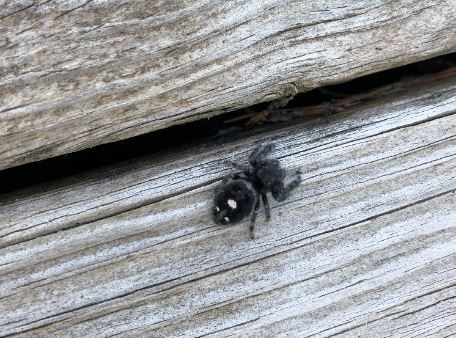
MERGANSERS
Mergansers are annual guests on Rum Rock. They nest high in the white pine outside our bedroom window. This year, however, there were an inordinate number of mergansers, not the usual two or three that we see. One morning we looked out to see seven male mergansers on our north rock. Perhaps they were having a family reunion. We only see males very early in the season. The female mergansers usually leave the nest sometime in mid-July. We usually catch a glimpse of the mother and her clutch of newly hatched, and then they are gone. This year, there were two females in the nest until early August. They were particularly prickly this year, and anytime they saw me—even if I were inside the cottage at the window—they would scold me with harsh gruk-gruk calls to let me know I was annoying them.
There was a big storm one night, after which I heard the peep peep peep of a merganser duckling. I looked out to see it running around the base of the white pine flapping its stubby wings. The duckling was mostly alone after that. Occasionally, I would see it with an adult female, but mostly it was alone.
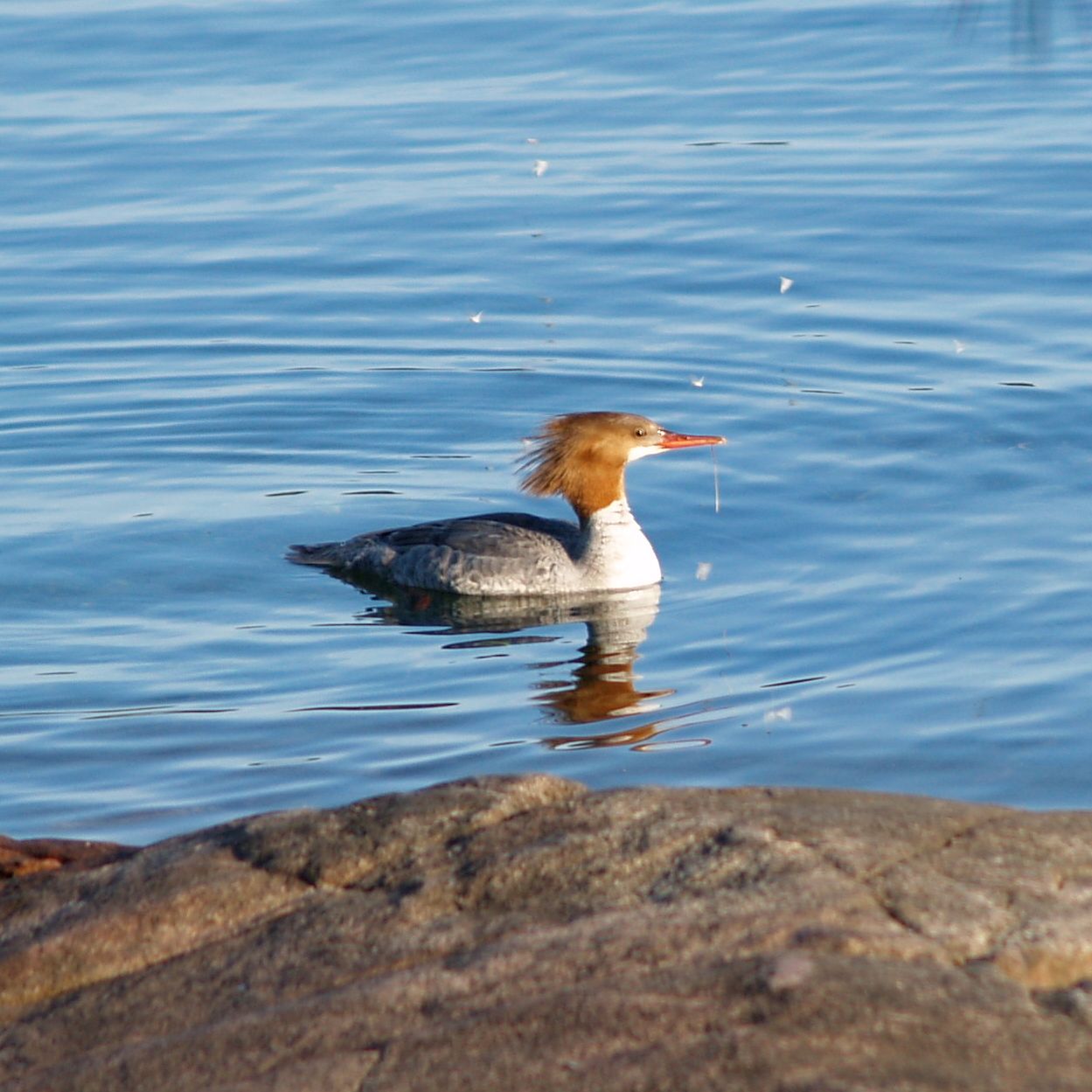
FAWN
A wounded fawn we dubbed “Pete” was here for about a day and a half, and then we didn’t see hide nor hair of the little fellow after that.
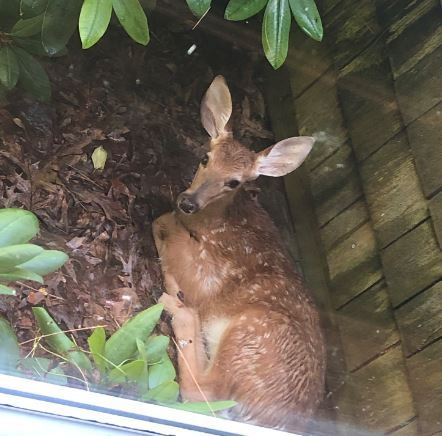
ANOTHER LEUCISTIC MALLARD DUCKLING
Last fall, I wrote about Betty White, a leucistic mallard—a mallard with a partial loss of pigmentation causing white, pale, or patchy coloration of its feathers. We were hoping to see Betty this season, but didn’t. However, one of the mallard families had two leucistic ducklings. Mama duck started with nine ducklings and ended up with five. One of the four she lost was a leucistic duck, so only one has made it to adulthood. We named this duckling, “Goldie Hawn.” Goldie was not as bold as Betty. Last year the normal ducklings seemed to surround Betty when they napped. When they woke, Betty took the lead. This year the leucistic duck was always a little on the outside of the group. Goldie seemed to lag behind. When the family was learning to fly, they took off as a group, but Goldie landed after a few yards. The others took off without her leaving her to swim around our little bay alone.
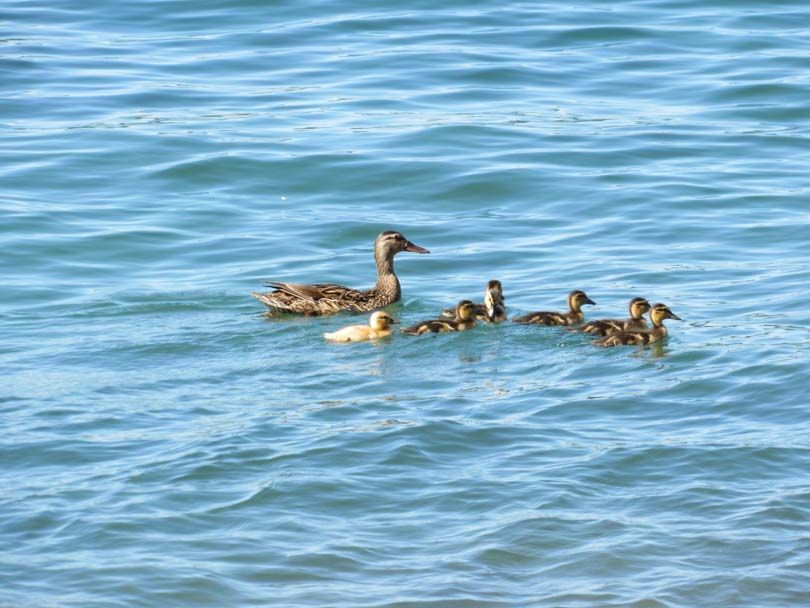
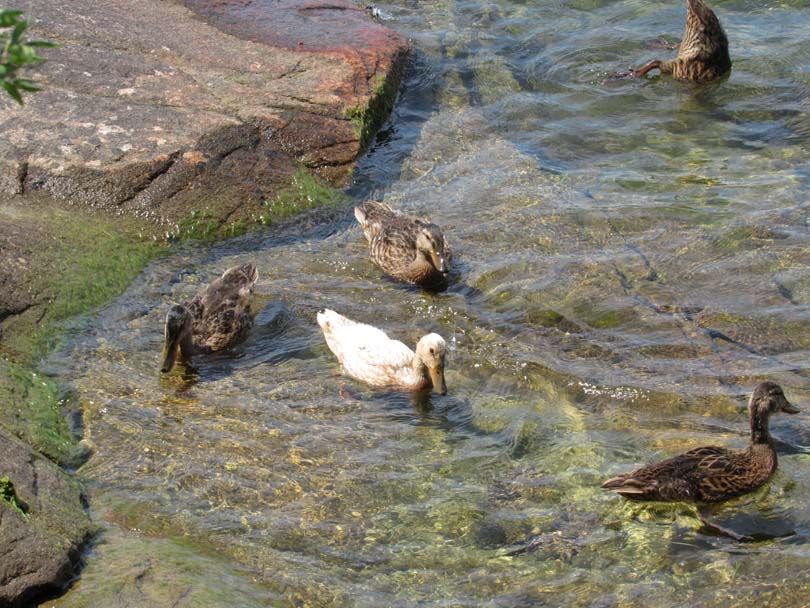
MICE
In June and July, our point was overrun with mice. Thankfully, we successfully kept them out of the cottages. It was not unusual to see a mouse or two running across the path when I walked from one cottage to the other. We set out traps and caught over thirty mice!
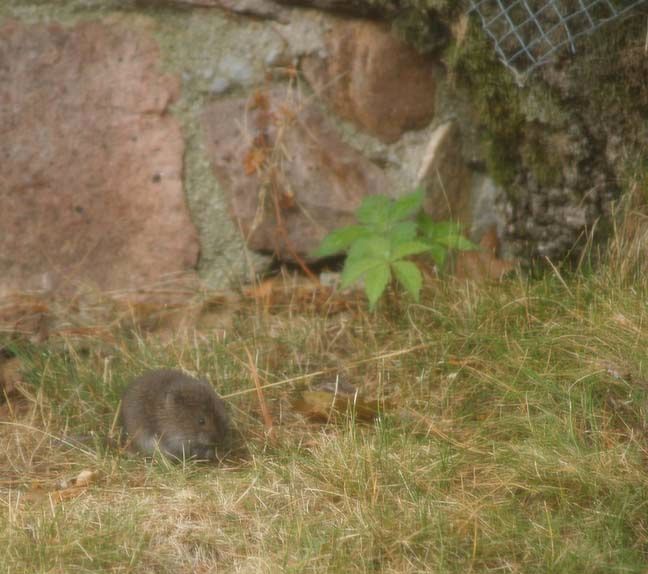
BLACK RAT SNAKE
I’ve seen black rat snakes on my walks on Wellesley, but we first came across this bold fellow in our closed boathouse. Obviously, he swam in. I swear it was six feet long. We had people with us, who’d come to install a new cover for our boat, Lindsey Lynn. One fellow gallantly brushed the black rat snack into the water with a broom. The snake was determined to get back on the dock or into a boat. It freaked me out as I watched him raise his head three feet above the surface of the water. It took some persuasion to get the snake to leave the boathouse. It swam to the rocky shore, crawled out on the rocks, and rested in the sun for an hour and a half. We didn’t see it for another three weeks when it showed up at the back door of the little cottage. A bold fellow. When we approach, it didn’t slither away like a garter snake, but turned to face us and approached. Perhaps he had heard about our mouse issue and had come to help out.
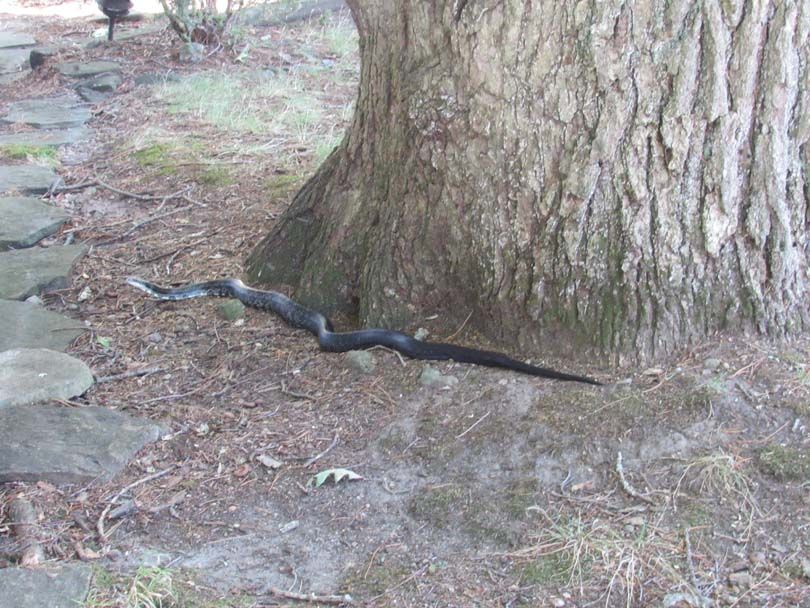
VULTURE
Okay, I’ll admit it. Vultures kinda creep me out. I see vultures frequently in Florida and joke that they are stalking me. I can’t recall ever seeing a vulture on our point before, so you can imagine my dismay when two mornings in a row I looked out the dining room window to see a vulture sitting on the corner of our skiff house. Yikes! What’s that all about? Vultures usually travel in groups. What was this lone vulture doing hanging out here? This lone vulture showed up a half dozen times over the season. Creepy!
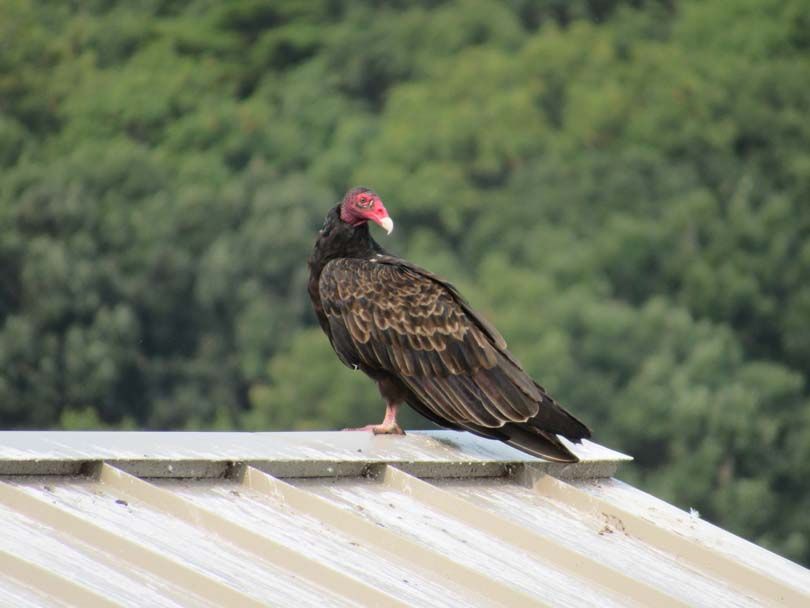
GULLS
Last year when the little shoal between Murray and Grenell, which we’ve affectionately dubbed Gull Island, was underwater, the gulls decided that our boathouse roof was a suitable replacement. Gull Island was above water this year, but apparently, they like our boathouse roof better. We’re looking for ways to discourage this behavior.
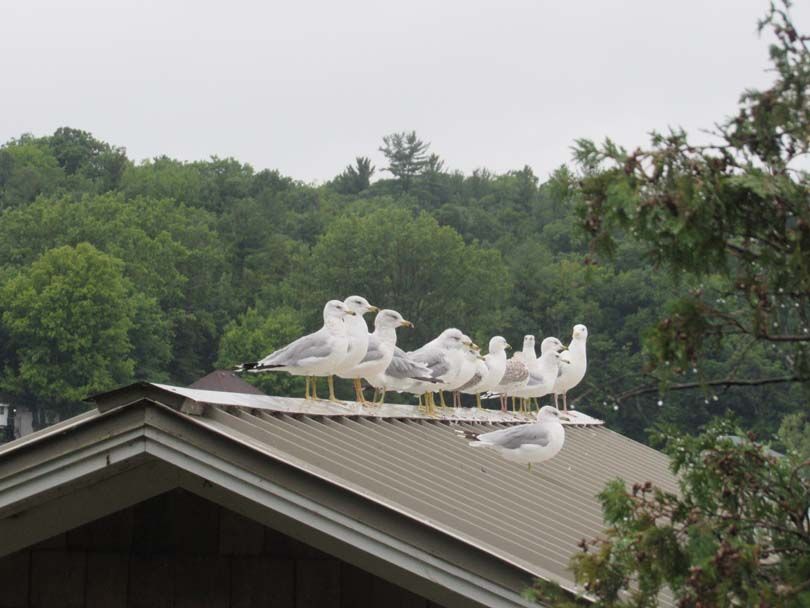
OSPREY
I think I witnessed a courtship ritual sometimes called a “sky dance.” Loud insistent calls first got my attention. I looked up to see an osprey wheel and swoop with nesting material around and around our little point. There were at least two other ospreys chirping in the white pine outside our backdoor and calling encouragement to the sky dancer above. While I was thrilled to have witnessed the sky dance, I hope the young couple doesn’t plan to set up housekeeping here. We have lots of osprey nests in our neighborhood in Florida. Ospreys are messy neighbors.
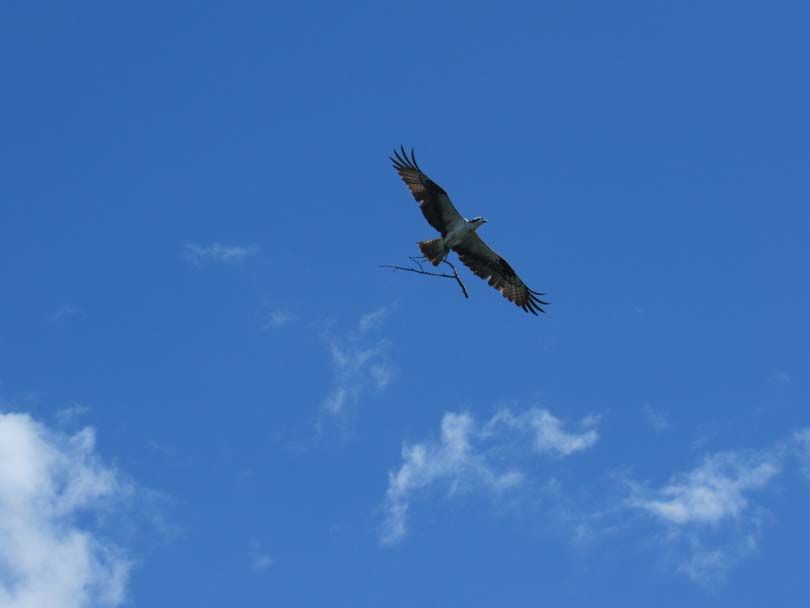
RED-WINGED BLACKBIRDS
I mostly see red-winged blackbirds when kayaking in Escanaba or South Bay. They seem to like flitting about the tops of cattails. In August we had a large flock of red-wing blackbirds that flew in around dinner time and went from tree to tree, hopping about—eating bugs I assume—before taking off en masse in a flurry of flapping wings and raucous calls. Again, I don’t remember flocks of red-winged blackbirds visiting our point in seasons past.
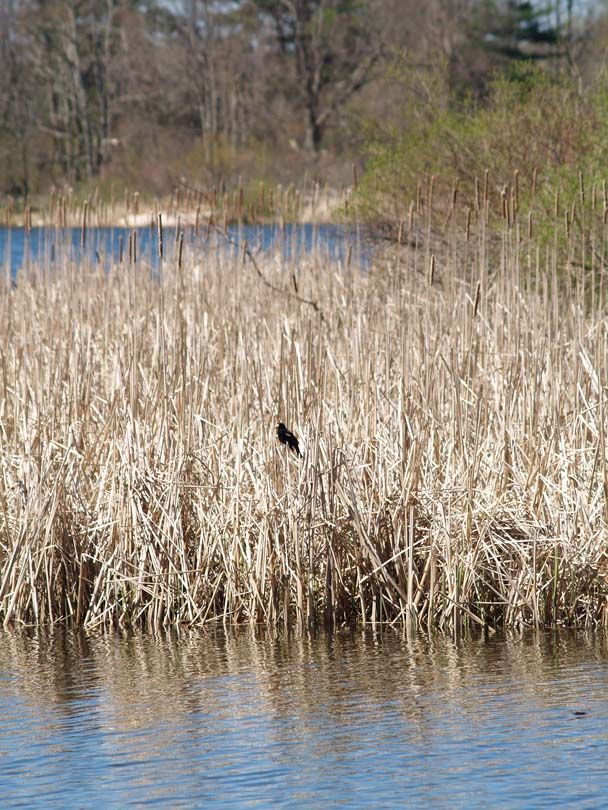
LOON
I dubbed this guy the Cocktail Loon. We often see loons way off in the distance near the entrance of the narrows or feeding in the waters halfway between Murray and Grenell. On very rare occasions they might swim into our bay, but usually only early or late in the season when there aren’t as many people around. This year a large loon popped up several times, only yards away from the dock. Each time we were on the dock having cocktails. The first time we had friends over. It surfaced, looked us up and down, then dove, disappearing completely. We looked in every direction, expecting to see it surface somewhere, but it never did. Sometimes we wondered if it had come up under the dock. This happened at least four times on four different cocktail evenings. Same exact spot. Same exact appearance and disappearance. I swear it is the largest loon I’ve ever seen, but my husband pointed out that I’m used to seeing them from far away.
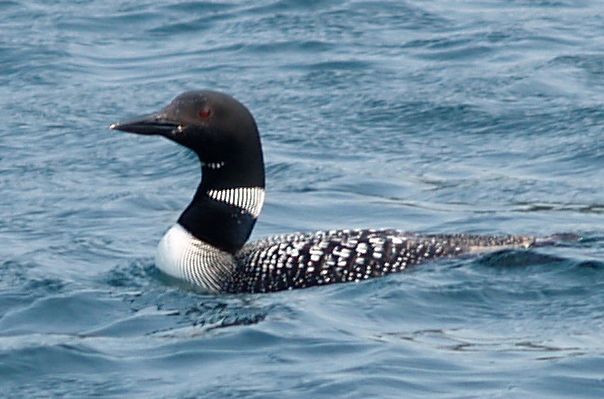
BLUE HERON
Like the mergansers, blue herons are a common visitor to our little point. One heron seems to adopt our bay and chase all other herons away. It likes to spend the morning on the front rock, which faces east. Then it moves to the west rock in the afternoon and rounds out the day hunting for fish off the north rock. This season our resident heron took a shining to our gazebo. Most mornings I’d look out to see it standing inside or just outside. It stayed for hours.
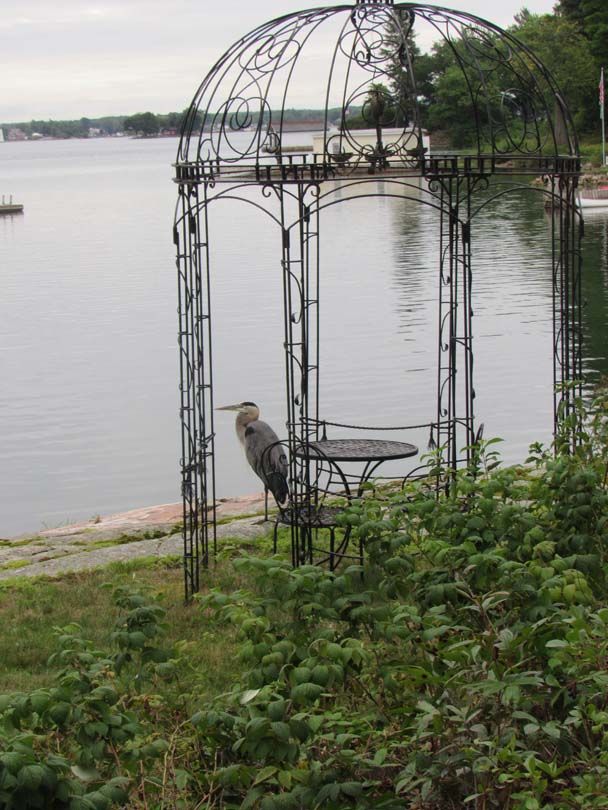
OWLS
We’re lucky that our point is the stopover for pairs of owls as they fly south in the fall. Nearly every year we hear a pair of saw-whet owls. Their calls sound more like a creaking rocking chair or an annoyed cat than and owl. Sometimes it sounds a bit like a car alarm. But this year, a pair of great horn owls roosted in the trees on either side of our bedroom window and gave us a more traditional concert.
I titled this piece Nature’s Guestbook and realize now it is misnamed. Even though our family has been on this point of Grenell for 139 years, we are the guests—the interlopers who come for a season. We may pay the taxes, but our point belongs to Nature. We’ll try to be gracious guests and co-exist peaceably with Nature’s other guests.
By Lynn E. McElfresh, Grenell Island
Lynn came to Grenell Island for the first time to meet her fiancé’s family, in 1975. She became part of the family, and the island became part of her life. Lynn and her husband, Gary, spend their summers in the Thousand Islands and their winters in Dunedin, Florida. To see all of Lynn’s island experiences, search TI Life under Lynn McElfresh.
Lynn has written two novels in a series of nine novels about life in the Islands from 1883 t0 the 1960s. The third book is in the cover design stage and will be available soon.
See All About Lynn McElfresh & Her Books, in September, 2020 issue of TI Life.



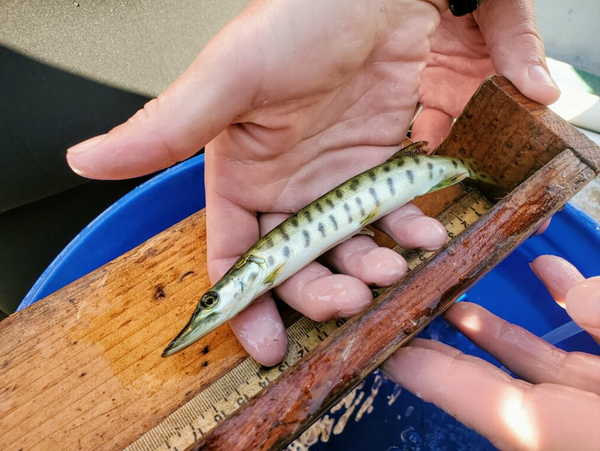
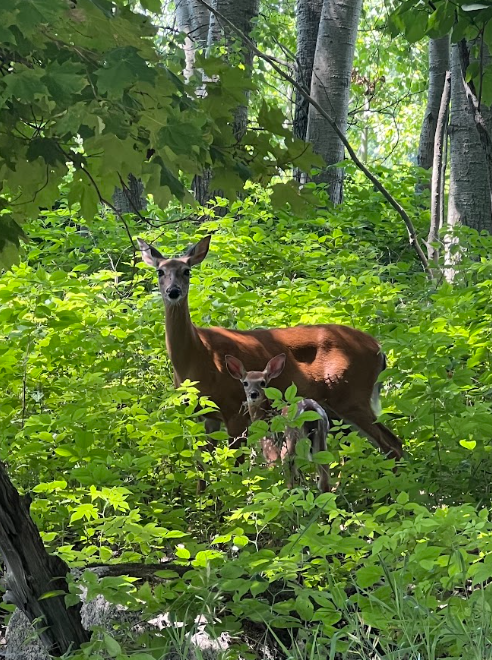
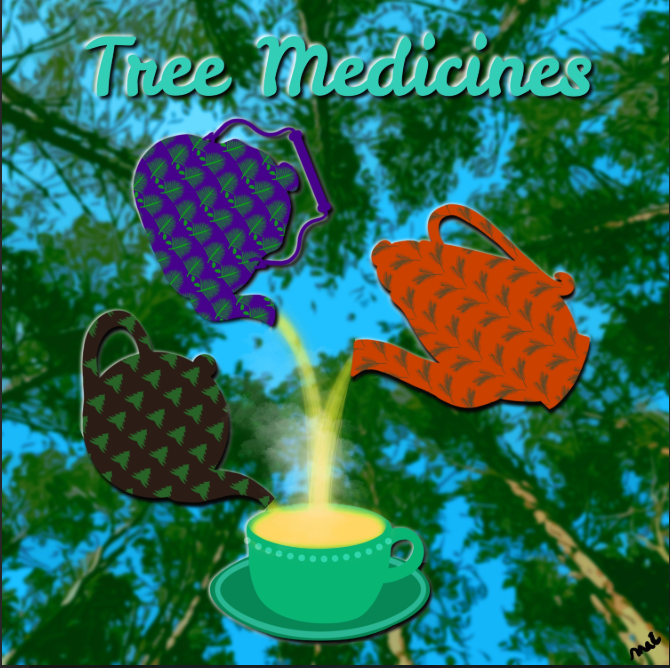
Please click here if you are unable to post your comment.